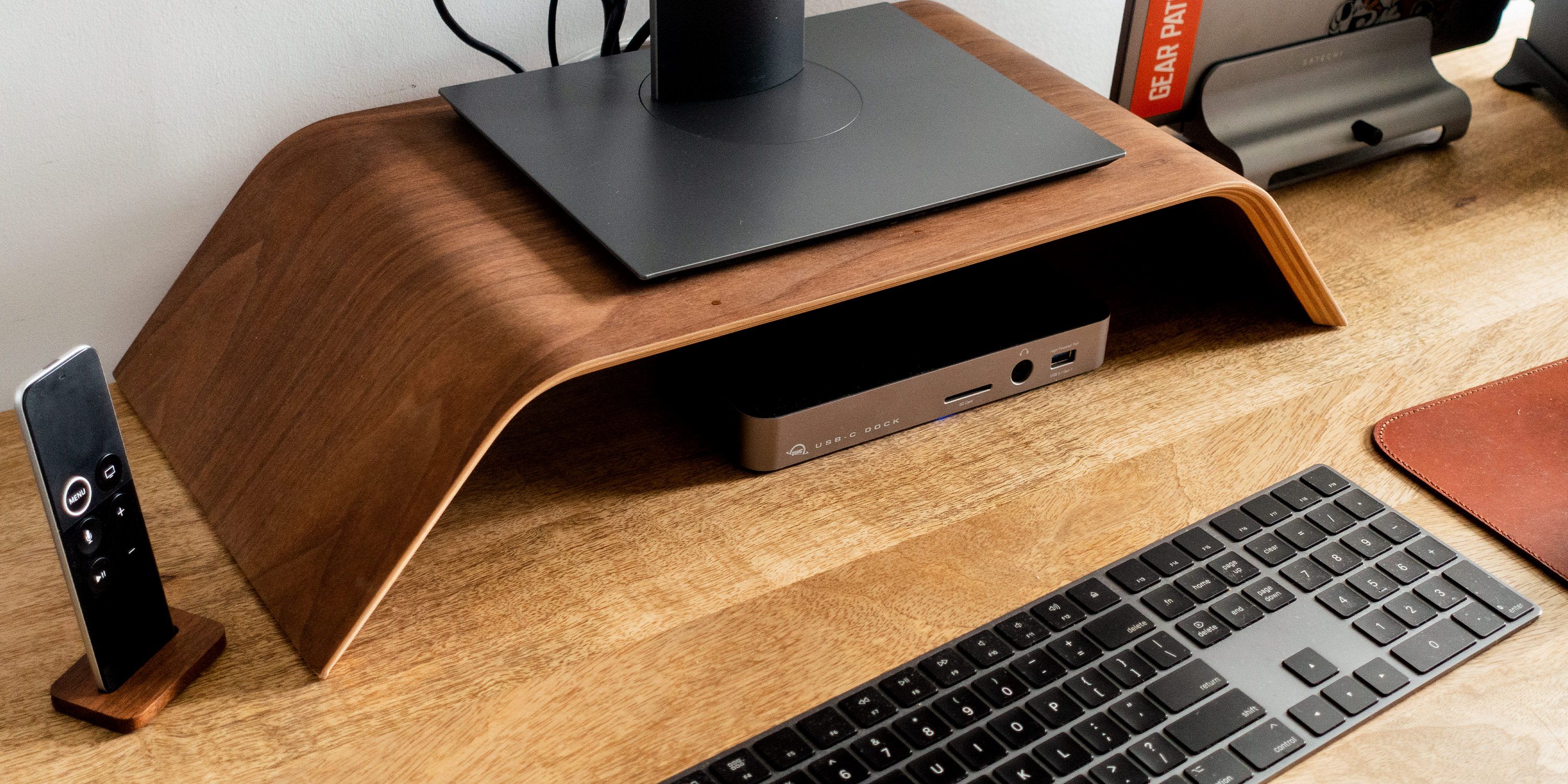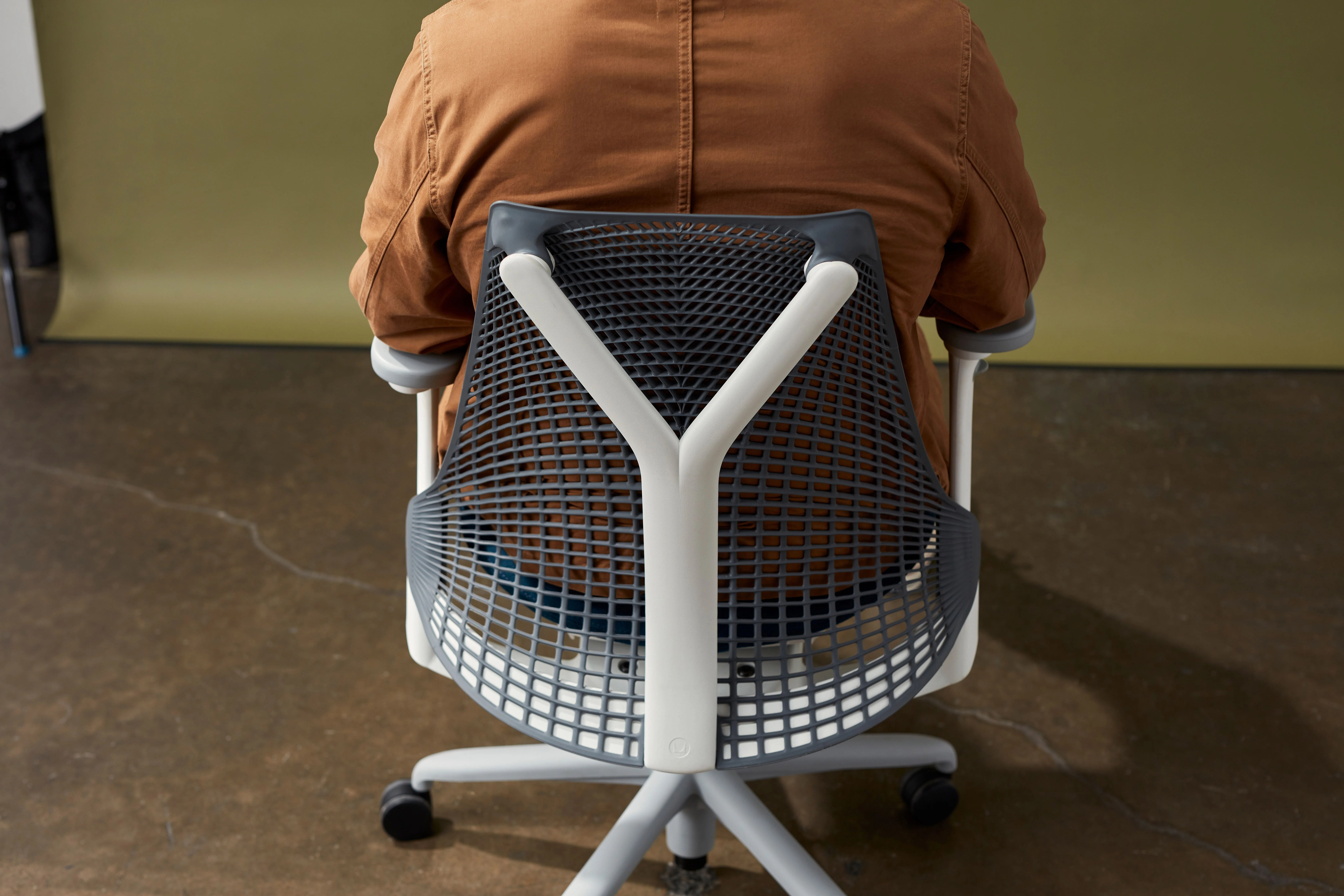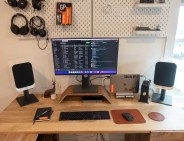Your workspace might feel comfortable in the moment but haphazard ergonomics can take a toll on your body if you aren’t careful. Make an audit of your workspace and make sure it is up to snuff before aches and pains make you wish you’d done it earlier.
Proper ergonomics and immediate comfort aren’t the same thing, so it’s a good idea to defer to specialists. Years ago, at the height of the pandemic, experts from the University of Cincinnati College of Medicine published the results of a survey in the journal Ergonomics in Design.
Today, it stands as excellent professional-grade advice you can apply right now for benefits that pay off in the days, weeks and years to come.
1. Make sure your screen is at the right height
A leading cause of pain from makeshift workstations stem from an improperly oriented screen. The study found that many laptop users’ screens are too low, causing neck strain from looking down for hours on end. Those with external displays often had them too high, causing the inverse problem.

The answer? The top of your main screen should be at eye level, to ensure that maximum screen real-estate is viewable from a neutral, forward head position. Any additional screens should be off to one side, but viewable straight on.
While it’s easy to accomplish with an external display, it can be a little tougher with a laptop. But a stack of books can help raise it up to an appropriate level with ease, though it may leave you with some trouble typing, which brings us to step two.





